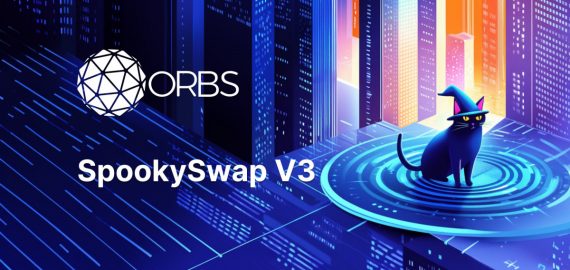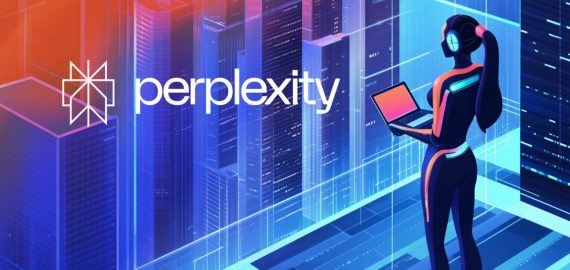EigenCloud And LayerZero Unveil EigenZero To Strengthen Cross-Chain Verification Security


In Brief
EigenCloud and LayerZero have launched EigenZero, providing economically backed, slashing-enabled verification to enhance cross-chain security and accountability.

Protocol built on Ethereum designed to extend Ethereum’s crypto-economic security model, EigenCloud announced a collaboration with LayerZero to introduce EigenZero, the first implementation of the CryptoEconomic Decentralized Verifier Network (DVN) Framework.
The system operates on EigenCloud’s slashing infrastructure and is supported by a $5 million ZRO stake. EigenZero establishes an economic mechanism for verification, ensuring that if validation fails, the staked assets are slashed and users are compensated accordingly.
LayerZero has developed a marketplace that allows applications to choose from a variety of verifier networks instead of relying on a single verifier or consensus mechanism. Within this environment, applications can select from multiple Decentralized Verifier Networks (DVNs), each offering unique verification methods such as zero-knowledge (ZK) attestation or light client validation.
As LayerZero expands to support more than 600 applications, the need for stronger, economically backed verification frameworks has become increasingly evident. Even with advanced ZK systems, potential risks such as infrastructure compromise, governance capture, and economic manipulation persist, underscoring the role of EigenCloud’s technology.
EigenZero Brings Stake-Backed Security To Cross-Chain Verification
The new solution marks the first practical deployment of the jointly developed CryptoEconomic DVN Framework, built upon EigenCloud’s restaking architecture.
This structure introduces slashing-enabled staking as an additional security layer, allowing verifiers to provide applications with direct economic protection against malicious or negligent behavior.
Through EigenCloud’s restaking mechanism, participants extend Ethereum’s economic security model to new services, applying these principles to interoperability and forming a new class of economically secured DVNs within LayerZero’s ecosystem.
The EigenZero system functions through EigenCloud’s slashing-based verification model. It uses an optimistic verification approach, assuming correctness unless challenged, enabling efficient cross-chain operations without compromising safety.
When verification errors occur, the slashing system enforces penalties on staked assets, ensuring economic accountability. A defined 11-day challenge period provides time for disputes to be reviewed, with only confirmed verification failures resulting in slashing. The current $5 million in staked and slashable ZRO tokens introduces a tangible financial consequence for underperformance or deliberate misconduct.
EigenCloud’s approach reshapes cross-chain security by enabling applications—such as decentralized finance (DeFi) protocols—to combine technical and economic verification layers.
Developers can integrate multiple mechanisms like zero-knowledge proofs and stake-backed deterrence, choose verifiers based on economic history and slashing records, and set custom risk parameters. On-chain metrics provide transparency, allowing applications to evaluate verifiers by measurable economic guarantees rather than solely by reputation. If successful, this approach allows applications to quantify risk in financial terms.
The broader CryptoEconomic DVN Framework, enabled by EigenCloud’s infrastructure, introduces several benefits across the LayerZero ecosystem. For applications, it creates service-level agreements supported by economic stakes, offering measurable security assurances.
For verifiers, it provides an opportunity to demonstrate reliability through staked commitments, setting a performance-based standard for trust. For token projects, it enables the creation of cryptoeconomic DVNs using their native assets as stake, aligning network incentives between token communities and verifiers.
The launch of EigenZero represents a step toward establishing economically enforceable cross-chain security. Applications can now access verifiers whose guarantees are both technically validated and financially backed, supported by EigenCloud’s slashing mechanisms.
This model introduces competitive pressure across verifier networks, where reputation must now be substantiated by staked value. Developers gain the ability to assess verifiers transparently through on-chain performance data, fostering accountability across decentralized infrastructure.
EigenZero demonstrates EigenCloud’s growing role as a foundational layer for verifiable blockchain applications. With redistributable slashing live on mainnet, the infrastructure establishes a new framework for economically grounded verification—supporting use cases across decentralized finance, infrastructure, AI, and other emerging sectors.
Disclaimer
In line with the Trust Project guidelines, please note that the information provided on this page is not intended to be and should not be interpreted as legal, tax, investment, financial, or any other form of advice. It is important to only invest what you can afford to lose and to seek independent financial advice if you have any doubts. For further information, we suggest referring to the terms and conditions as well as the help and support pages provided by the issuer or advertiser. MetaversePost is committed to accurate, unbiased reporting, but market conditions are subject to change without notice.
About The Author
Alisa, a dedicated journalist at the MPost, specializes in cryptocurrency, zero-knowledge proofs, investments, and the expansive realm of Web3. With a keen eye for emerging trends and technologies, she delivers comprehensive coverage to inform and engage readers in the ever-evolving landscape of digital finance.
More articles

Alisa, a dedicated journalist at the MPost, specializes in cryptocurrency, zero-knowledge proofs, investments, and the expansive realm of Web3. With a keen eye for emerging trends and technologies, she delivers comprehensive coverage to inform and engage readers in the ever-evolving landscape of digital finance.


















































